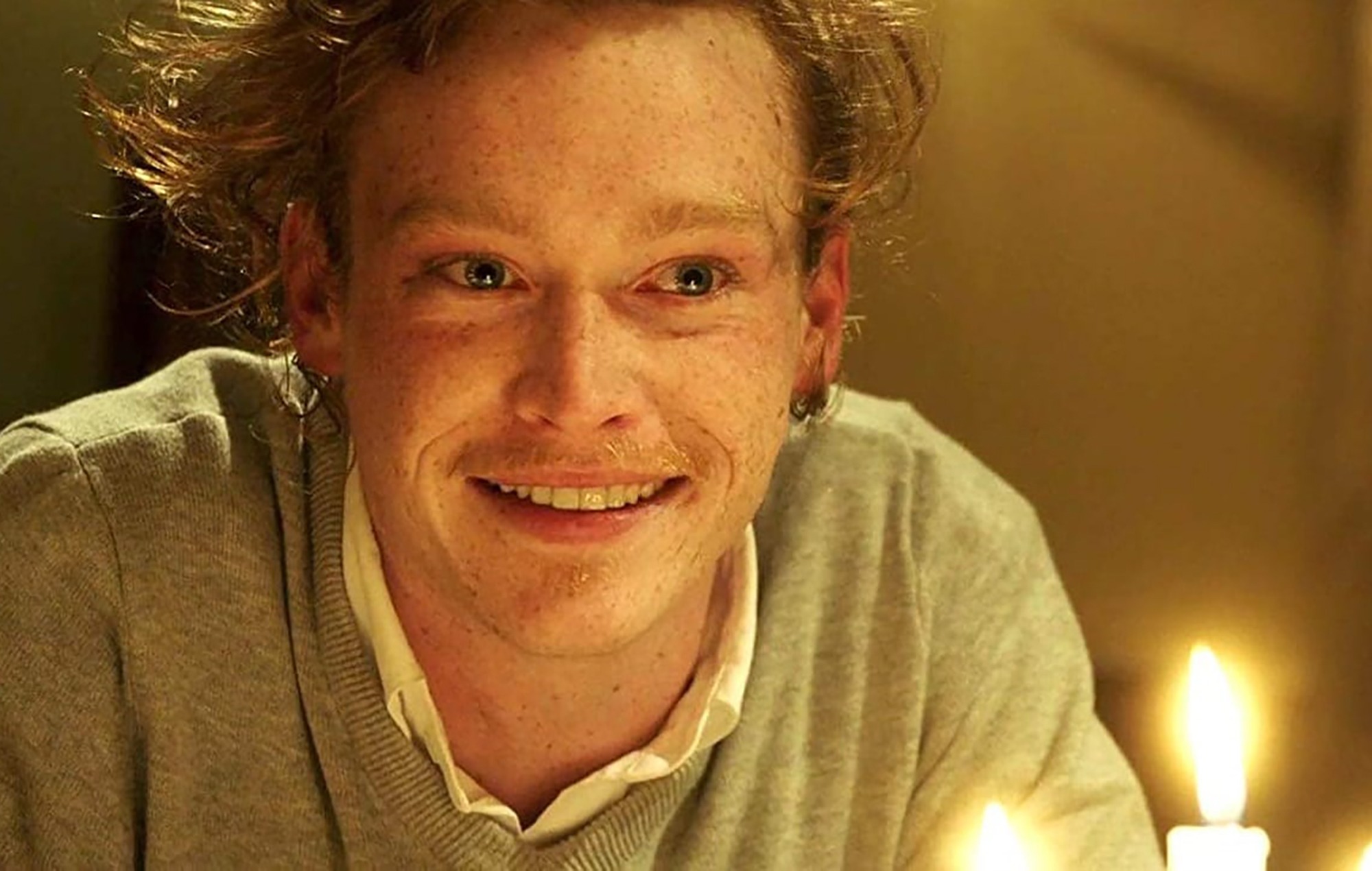The final act of The Young Pastor presents a deeply emotional turning point that reflects the journey of faith, inner conflict, and redemption the lead character has been grappling with from the very beginning.
Caleb Landry Jones steps into the role with a presence that steadily grows in intensity, giving shape to a man who is both wounded and determined. As the story approaches its last chapter, what began as a tale about small-town ministry changes into a reflection on personal loss, grace, and spiritual repair.
The film avoids taking the expected route of clean resolutions, instead favouring a path that requires careful thought and attention to detail. The end raises moral questions that stay with the viewer long after the final scene, drawing from both human experience and religious conviction.

Throughout the film, the young pastor wrestles with his calling and the silence he feels from the God he serves. His sermons begin to mirror the emptiness within him, and as personal struggles start to reflect in his public duties, the story deepens.
Tension grows between what he believes and what he lives, with church members and family also feeling the weight of his doubt. As his crisis becomes more visible, the film takes its time in showing the layers of pressure he faces from expectations he never asked for.
The direction chosen in the final act does not place emphasis on action or spectacle. Rather, the focus stays on emotional honesty and character growth. With silence, prayer, confrontation, and reflection, the story moves toward an ending that feels earned and unforced.
Facing the Silence of God
One of the strongest themes in the latter part of the film is the pastor’s relationship with divine silence. From the start, there is a feeling that he expects to hear God clearly, to feel supported as he carries the burden of leadership.
But that voice never seems to come. Instead, what fills the space are unanswered questions, broken relationships, and the weight of doubt. As he moves through these challenges, the viewer is pulled into his internal struggle.
He questions if he was ever truly called, if his ministry matters, and whether grace is still for him. These are not questions that receive easy responses. In fact, much of the power of the ending lies in its decision not to force any answers.
Instead, it allows the young pastor to arrive at his own understanding, not through signs or miracles, but through the relationships and actions that shape him.
His experience pushes him toward humility, not victory. He becomes aware that faith is not about certainty or constant reassurance. It is about walking forward despite the absence of clarity. The silence does not vanish, but it becomes something he can live with.
Atonement Through Action, Not Words
The young pastor does not reach peace by preaching another sermon or quoting scripture. His healing starts when he steps away from the pulpit and begins to listen more than he speaks. In a scene near the end, he chooses to make amends with someone he had wounded earlier in the film.
That meeting is quiet, filled with pauses and discomfort, but it is genuine. He offers no excuses and makes no attempt to justify his actions. Instead, he acknowledges the harm he caused and seeks to begin again.
This moment is not framed as heroic. It is simple and uncomfortable, which makes it powerful. The film presents grace not as something earned, but as something that can still be accepted when one is broken enough to receive it. Through that process, the young pastor begins to rediscover the strength of his purpose, not by standing above others, but by sitting beside them.
His decision to remain in ministry after this moment carries more weight because it no longer comes from ego or performance. It comes from a deeper understanding of what it means to serve.
Family, Loss, and Letting Go
The emotional core of the film is tied closely to the pastor’s family. Throughout the story, there are flashbacks and conversations that reveal the depth of pain he carries over the death of a loved one.
That loss is never fully addressed until the final scenes. In a quiet conversation with his mother, both of them acknowledge the wounds they’ve tried to bury. What follows is not a dramatic confrontation, but a shared moment of grief and acceptance.
Letting go of that pain becomes one of the most important steps in the pastor’s growth. It is not presented as a breakthrough or moment of triumph. It is more like a release. He lets himself mourn without shame, and in doing so, allows himself to move forward.
This part of the story reminds viewers that spiritual strength is not about avoiding pain but learning how to carry it with compassion. By facing his sorrow instead of hiding from it, the pastor finds the courage to begin again.
The Ending Scene and What It Suggests
The closing scene avoids loud declarations or grand revelations. Instead, it shows the young pastor sitting alone in the empty church, not preparing for a sermon but simply being still. Light enters through the windows, and the camera lingers as he breathes, neither defeated nor triumphant. His eyes reveal a man who has seen both his weakness and his worth.

This final moment reflects the changes that has taken place within him. He is no longer searching for outward signs to confirm his purpose. He has accepted that his calling is not based on certainty, but on compassion, humility, and service. The ending leaves space for interpretation, refusing to offer a fixed meaning, but clearly pointing to a change that is both quiet and deep.
His journey has not ended, but the weight he carries feels lighter. He is not trying to be perfect anymore. He is trying to be present, and that choice is what gives the last moment its weight.
Themes That Stay With the Viewer
What makes The Young Pastor different is how it handles its themes with patience and honesty. The story does not try to inspire through performance or perfection. It draws strength from the simple truth that people can begin again.
Faith is shown as something that can live alongside doubt, pain, and failure. Healing is not rushed. Forgiveness is not always requested. Grace is not earned by effort.
Throughout the film, the viewer is asked to consider what it means to lead when one feels lost, and how one might love others while still learning to love oneself. These are questions that don’t vanish once the credits roll.
The journey shown here is both specific and relatable. It speaks to anyone who has faced silence where they expected answers, or who has made mistakes and feared that they could never be trusted again. By the end, the film suggests that even without clear direction, it is still possible to move forward.
The Young Pastor is currently available online for viewing. You can stream it through platforms such as Amazon Prime Video and Apple TV. Those with subscriptions can watch directly, while others may choose to rent or purchase it through those services.
The film can also be accessed on Vudu for digital purchase or rental. Whether you are returning to rewatch its quiet strength or coming in fresh, it is easy to find and available on multiple platforms for streaming.
(Updated: Jun 19, 2025)



